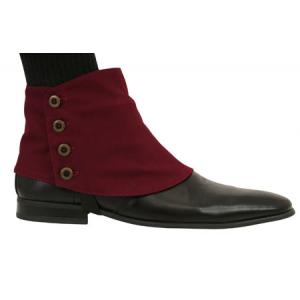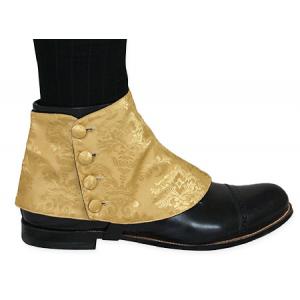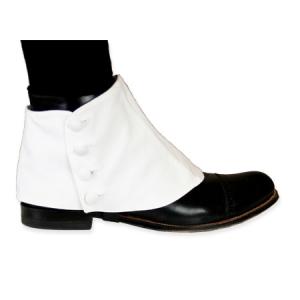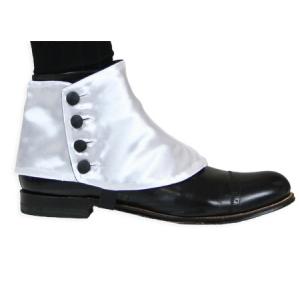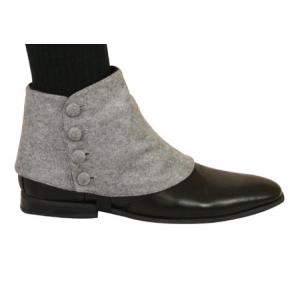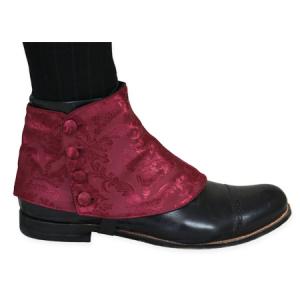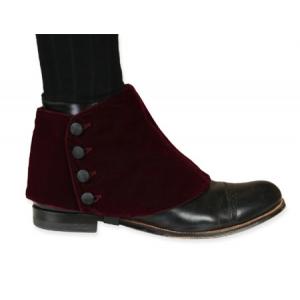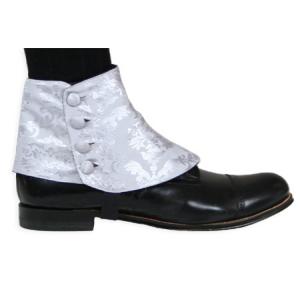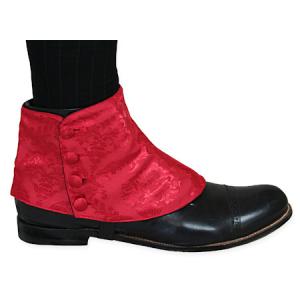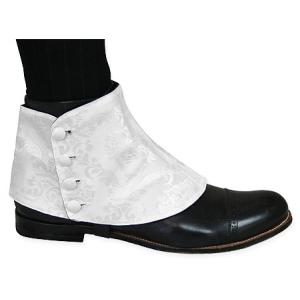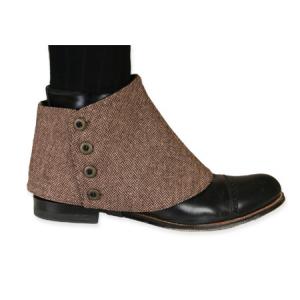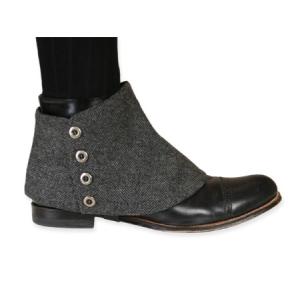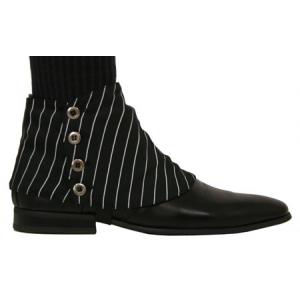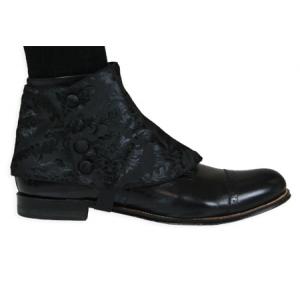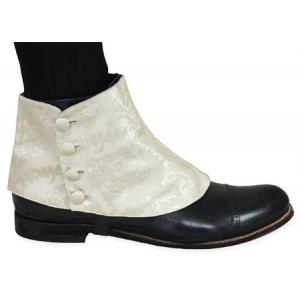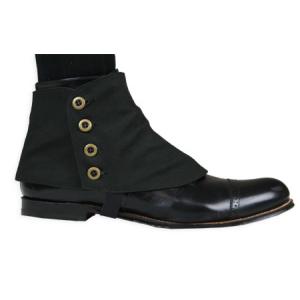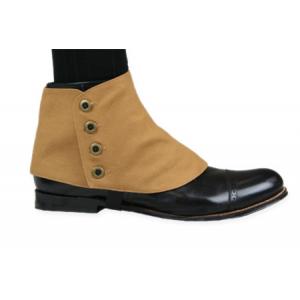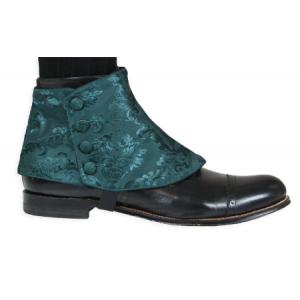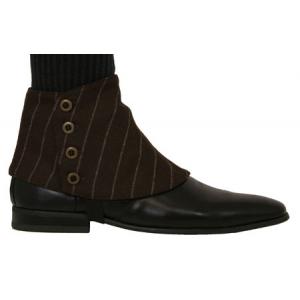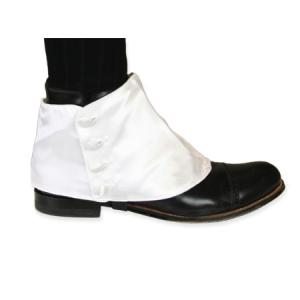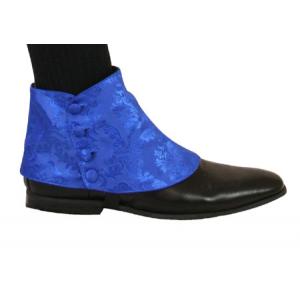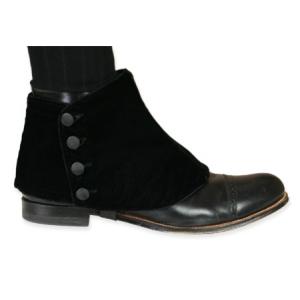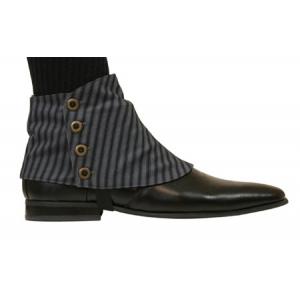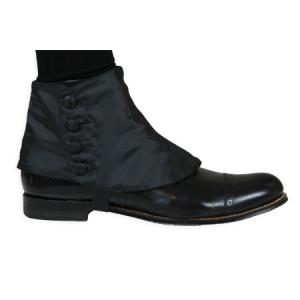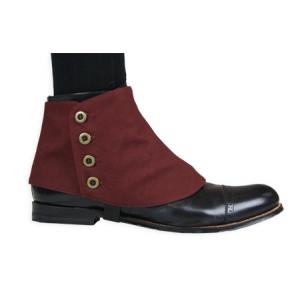Prices and Availability Subject to Change. Please call 800-997-4311 for more Information.
25 results
Spats and Gaiters Q&A
What is the purpose of spats?
Spats (originally called spatterdashes) were originally designed to protect footwear from the dirt, mud and animal dung found on the many unpaved roads of the 1800s. Over time they evolved into a popular fashion accessory that reflected a sense of elegance and social status.
When were spats popular?
Spats were most popular from the late 19th century (1800s) through the early 20th century (1900s), particularly between the 1910s and the 1920s when they became a symbol of high society and meticulous dress.
Why did people stop wearing shoe spats?
The decline in spat usage began in the late 1920s, primarily due to a shift towards more casual clothing styles. The death knell of spats in England came in 1926 when King George V and his sons arrived at a garden party without any spats.
MORE Q&A





